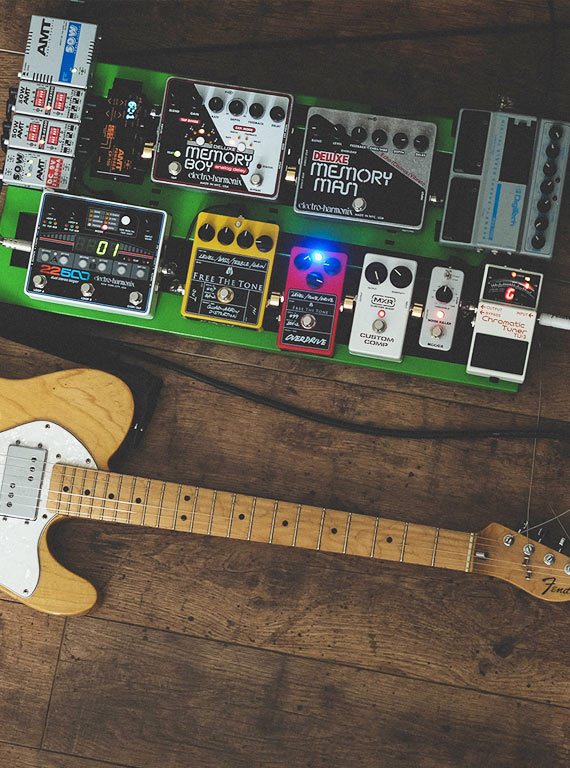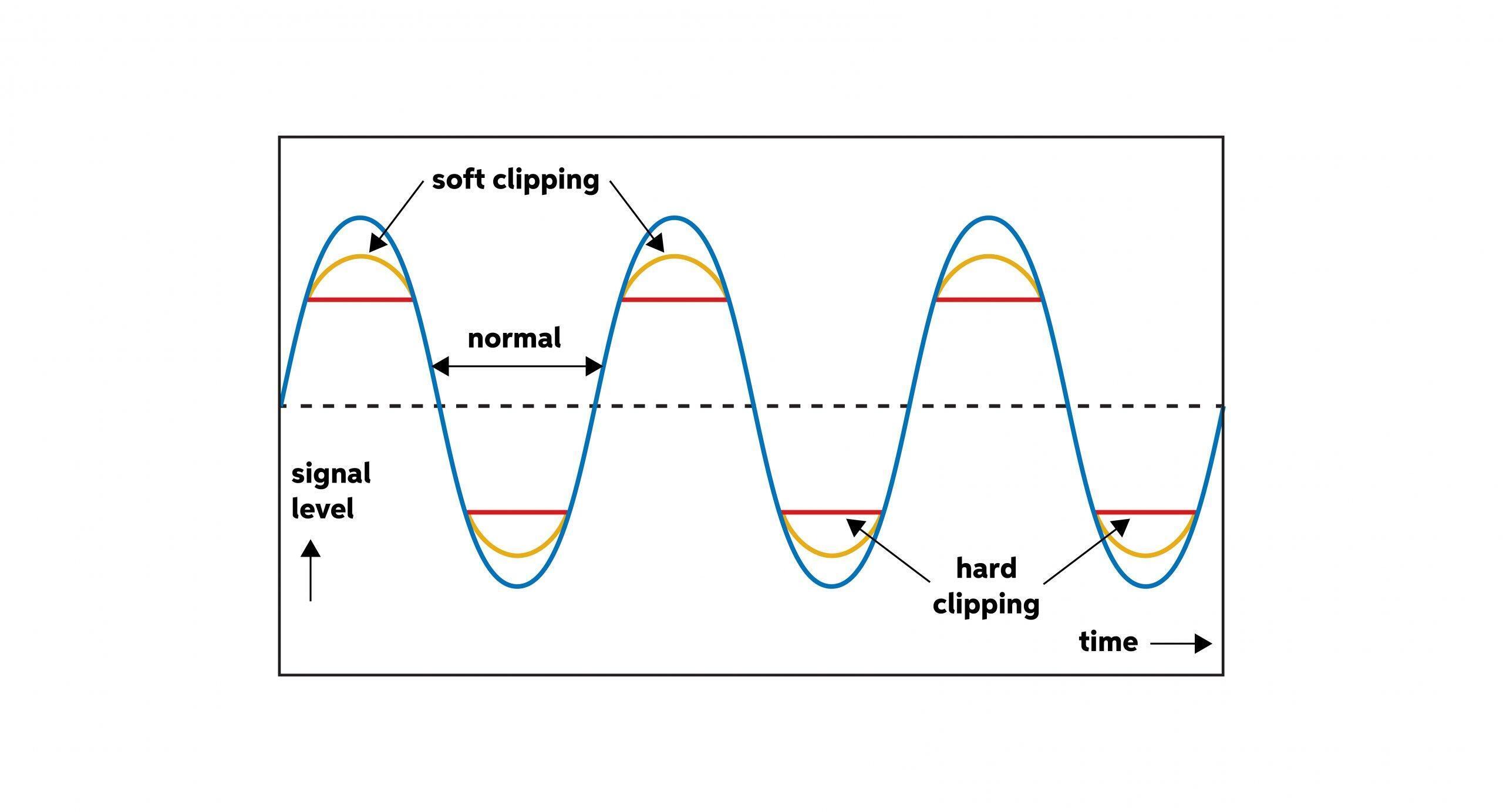As a guitarist, you may have come across the terms “overdrive” and “distortion” when discussing guitar effects pedals. While these terms are often used interchangeably, there are distinct differences between the two effects. In this article, we will explore the characteristics and usage of overdrive and distortion to help you understand which effect suits your musical needs.
| Overdrive | Distortion |
|---|---|
| Produces a milder, smoother sound | Creates a more aggressive, heavier sound |
| Preserves the guitar’s dynamics and tone | Compresses the guitar’s dynamics and alters the tone |
| Ideal for blues, rock, and country genres | Suits heavy metal, hard rock, and punk genres |
| Used to push tube amplifiers into natural breakup | Simulates the sound of an overdriven tube amplifier |
| Often has a more responsive touch sensitivity | Offers more sustain and sustain control options |

Credit: www.pmtonline.co.uk
Understanding Overdrive
Overdrive, as the name suggests, is meant to provide a mild distortion effect that emulates the natural breakup of a tube amplifier. It adds warmth and richness to the guitar’s tone while preserving the instrument’s dynamics.
Overdrive pedals are commonly used by guitarists playing blues, rock, and country music. They are great for achieving a vintage, textured sound that is slightly overdriven but still maintains clarity. The overdrive effect complements well with the natural tone of the guitar and amp, providing a sweet, singing sustain.
Notable overdrive pedals include the legendary Ibanez Tube Screamer and the Fulltone OCD. These pedals are often placed at the beginning of a signal chain to push the amp into a natural breakup.

Credit: www.sweetwater.com
Exploring Distortion
Distortion pedals, on the other hand, provide a heavier, more aggressive sound compared to overdrive. They are commonly used in genres such as heavy metal, hard rock, and punk, where a more pronounced and compressed tone is desired.
Distortion pedals often simulate the sound of an overdriven tube amplifier, but with added sustain and more control options. They compress the guitar’s dynamics, resulting in an even, sustained tone that can cut through the mix. Distortion also offers a wide range of gain levels, allowing for heavier and more intense sounds.
Popular distortion pedals include the Boss DS-1 and the Pro Co RAT. These pedals are typically placed after overdrive or fuzz pedals in the signal chain, as they tend to amplify and shape the overdriven or distorted sound.
Making the Right Choice
When choosing between overdrive and distortion, it’s important to consider the genre of music you play, the desired sound, and the characteristics of your amp and guitar. If you’re into blues, rock, or country, and want a warmer, harmonically rich sound, overdrive is the way to go.
On the other hand, if you’re into heavy genres like metal or hard rock, and require a more aggressive, sustained tone, distortion will fulfill your needs. Experiment with different combinations of pedals and find the right balance that suits your playing style and preferences.
Ultimately, your choice between overdrive and distortion will depend on the sound you want to achieve and the musical genre you’re playing. Both effects have their unique characteristics and can add depth and expressiveness to your guitar tone. It’s all about finding the right balance and enjoying the sonic possibilities that these effects pedals offer.
Frequently Asked Questions On What Is The Difference Between Overdrive And Distortion In Guitar Effects?
What Is Overdrive In Guitar Effects?
Overdrive is a mild distortion effect that adds warmth and harmonic richness to the guitar tone.
How Does Overdrive Differ From Distortion?
Overdrive produces a smoother, more natural saturation, while distortion creates a more aggressive and intense tone.
Which Styles Of Music Suit Overdrive Effects?
Overdrive is ideal for blues, classic rock, and genres requiring a dynamic and touch-sensitive response.
What Makes Distortion Different From Overdrive?
Distortion delivers a more compressed and heavily saturated sound, suitable for heavier rock and metal genres.